What to Do After a Slip and Fall Accident: A Step-by-Step Guide
Slip and fall accidents are far more common than many people realize, and they can happen in various places — from a local grocery store to a neighbor’s property or even in the parking lot of your workplace. The consequences can range from mild bruises to severe injuries, such as broken bones, head trauma, or long-term disability. If you’ve been involved in a slip and fall accident, knowing what to do after a slip and fall accident is critical to protect your health, ensure proper medical treatment, and safeguard your legal rights.
In this guide, we’ll take you step by step through the actions you should take immediately after a slip and fall accident, answer common questions, and explore the legal process of filing a personal injury claim. By following these steps, you can maximize your chances of getting the compensation you deserve to cover medical expenses, lost wages, and other damages. If you or a loved one has experienced a slip and fall accident, this guide will be valuable in your recovery journey.
What Is a Slip and Fall Accident?
A slip-and-fall accident occurs when someone slips, trips, or falls due to a hazardous condition on someone else’s property. These types of accidents are a subset of personal injury law, precisely premises liability cases. Suppose a property owner, manager, or occupier is negligent in maintaining their property, and someone is injured. In that case, the injured person may be entitled to file a personal injury claim to recover compensation for their injuries.
Slip-and-fall accidents can occur almost anywhere—in a home, a business, a parking lot, or a public space. They are often caused by dangerous conditions such as wet floors, uneven surfaces, poor lighting, or cluttered walkways. The injuries sustained from a slip-and-fall accident can range from minor scrapes and bruises to more serious conditions like broken bones, concussions, or spinal injuries.
Common Causes of Slip and Fall Accidents
Several factors can lead to a slip-and-fall accident. Common causes include:
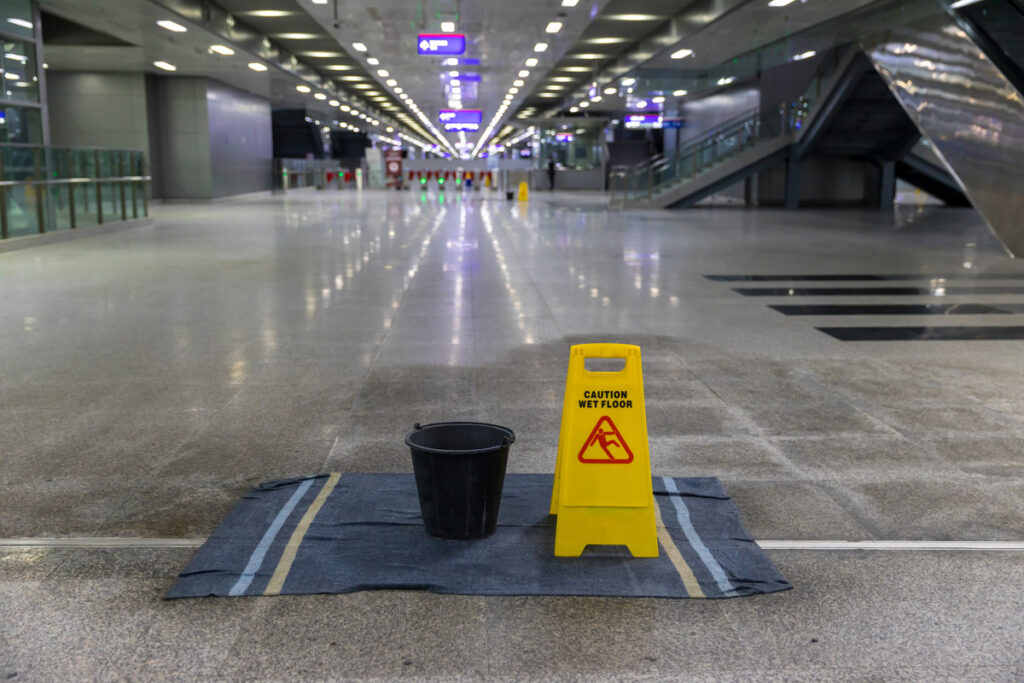
- Wet or slippery floors: Spills, leaks, rainwater, or freshly mopped floors can create slick surfaces that lead to falls. Businesses must post warning signs when the floor is wet, but failure to do so often results in accidents.
- Uneven flooring or pavement: Cracked sidewalks, loose tiles, potholes, or uneven flooring can cause people to trip and fall.
- Cluttered walkways: Objects left in walkways, such as boxes, debris, or cords, pose a serious tripping hazard.
- Poor lighting: Inadequate lighting in hallways, stairwells, or parking lots makes it difficult for people to see potential hazards, increasing the risk of a fall.
- Stairs without proper handrails: Stairs or ramps that lack secure handrails can lead to falls, especially for older adults or individuals with mobility issues.
- Ice, snow, and rain: Weather-related hazards like ice or snow can create dangerously slick surfaces. Property owners are often responsible for clearing walkways, parking lots, and entryways to prevent slip-and-fall accidents.
- Loose rugs or mats: Rugs or mats that do not stay securely in place can cause people to trip or slip, especially if placed on slippery surfaces.
Common Injuries from Slip and Fall Accidents
Slip and fall accidents can result in many injuries, some of which may have long-lasting consequences. The severity of these injuries often depends on factors like the height of the fall, the surface on which the fall occurred, and the individual’s overall health. Some of the most common injuries include:
- Fractures and broken bones: Fractures of the wrists, arms, ankles, and hips are prevalent in slip-and-fall accidents. Hip fractures are severe and often require surgery and long-term rehabilitation.
- Head injuries: Falls can cause concussions or even more severe traumatic brain injuries (TBIs), which can have long-term effects on cognitive, physical, and emotional health.
- Spinal cord injuries: A fall can result in damage to the spinal cord, leading to severe conditions such as herniated discs, spinal fractures, or even paralysis.
- Soft tissue injuries: These include sprains, strains, and damage to muscles, tendons, or ligaments, which can cause pain, swelling, and limited mobility.
- Cuts, bruises, and abrasions: While generally less severe, cuts and scrapes can still be painful and may require medical treatment if they involve deep wounds or infections.
- Knee and shoulder injuries: Twisting or landing awkwardly during a fall can result in injuries to the knees or shoulders, such as dislocations, torn ligaments, or cartilage damage.
What to Do After a Slip and Fall Accident: A Step-by-Step Guide
If you’ve been injured in a slip-and-fall accident, taking the proper steps immediately afterward can significantly improve your physical recovery and ability to seek compensation. Here’s a detailed step-by-step guide to help you navigate the aftermath of a slip and fall accident.
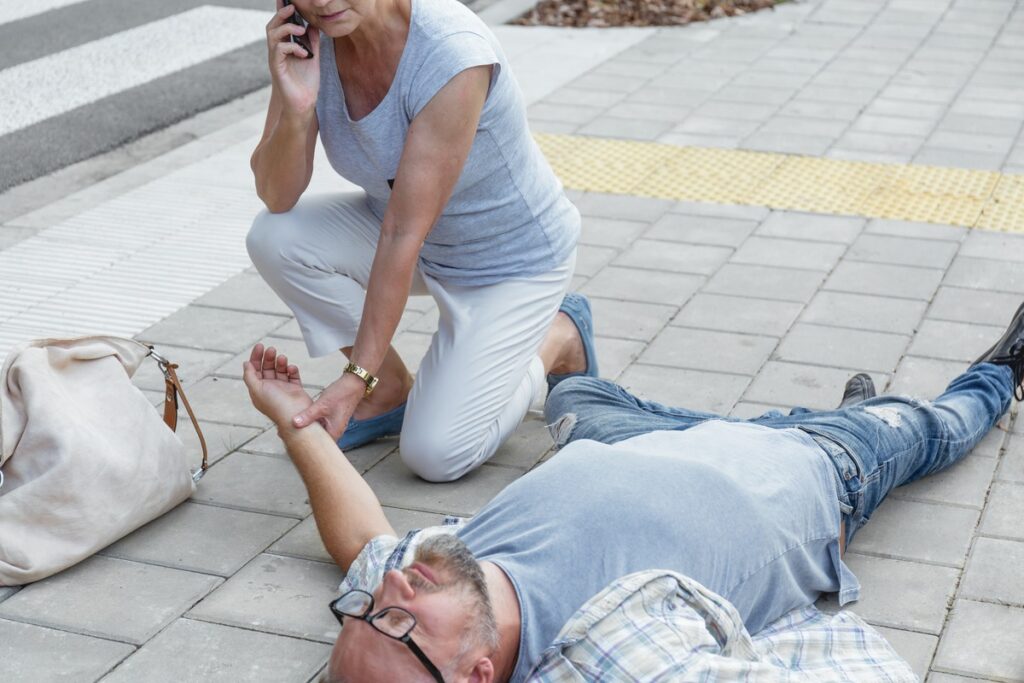
1. Seek Immediate Medical Attention
Your priority after a slip and fall accident is to take care of your health. Even if your injuries initially seem minor, it’s essential to seek medical attention immediately. Some injuries, such as concussions, internal bleeding, or soft tissue damage, may not present symptoms immediately but can become more severe if left untreated.
- Call 911 if necessary: If you’re severely injured or unable to move, have someone call 911 for emergency medical assistance.
- Visit a doctor or urgent care center: Even if you don’t require emergency care, visit a doctor or an urgent care center as soon as possible. Explain that your injuries were caused by a slip and fall accident so that the medical records reflect the cause of your injuries.
- Follow the doctor’s advice: Whether your treatment involves rest, medication, physical therapy, or surgery, it’s essential to follow all medical instructions. Failing to follow through with treatment could not only delay your recovery but also weaken your legal claim.
- Keep records of all medical treatments: Save all medical bills, receipts, prescriptions, and documentation from your healthcare providers. These records will serve as crucial evidence when seeking compensation.
Why Seeking Medical Attention Is Important
In addition to protecting your health, seeking medical attention creates a documented record of your injuries, which is vital if you decide to pursue legal action. Without a medical record, the property owner’s insurance company may argue that your injuries weren’t severe or unrelated to the slip and fall accident.
2. Document the Scene of the Accident
After addressing your immediate medical needs, it is essential to gather as much evidence as possible from the accident scene. Proper documentation is key to building a strong personal injury case.
How to Document the Scene
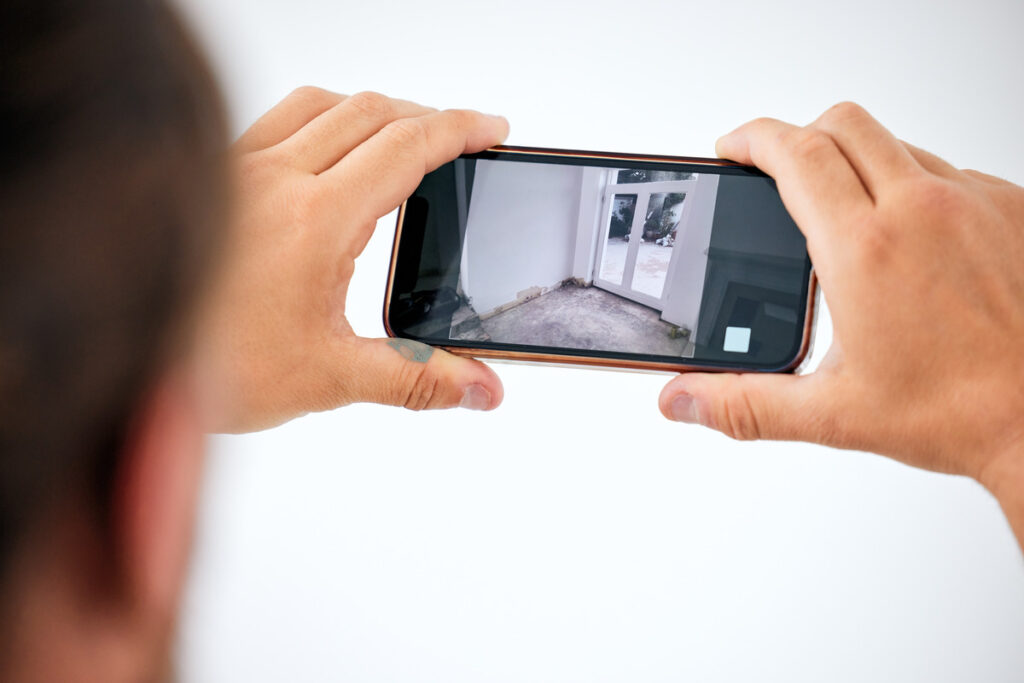
- Take photographs and videos: Use your phone or camera to take clear, detailed pictures of the accident scene. Focus on the hazardous conditions that caused your fall, such as a wet floor, broken step, or uneven pavement. Be sure to capture the scene from different angles and distances to provide a complete picture of the area.
- Document the date and time: Record the exact time and date of the accident. This can be critical in proving liability, especially if the hazard was temporary (e.g., a spill or icy patch).
- Collect witness information: If anyone witnessed your fall, ask for their contact information, including their full name and phone number. Witnesses can provide valuable testimony if there’s a dispute about how the accident occurred.
- Preserve any physical evidence: If possible, save any physical evidence from the accident. For example, if your clothing or shoes were damaged or show signs of a hazard (e.g., wet soles from a slippery floor), preserve these items for later use as evidence.
Why Documenting the Scene Is Critical
Photographic evidence and witness statements from the accident scene strengthen your personal injury claim. This documentation can help establish that a hazardous condition existed and that it directly caused your fall and injuries. If the property owner disputes your version of events, these details can be used to support your claim.
3. Report the Accident to the Property Owner or Manager
After gathering evidence, the next step is to report the accident to the property owner, manager, or supervisor. Reporting the incident ensures an official record of the accident, which may be used as evidence later if you decide to pursue legal action.
How to Report the Accident
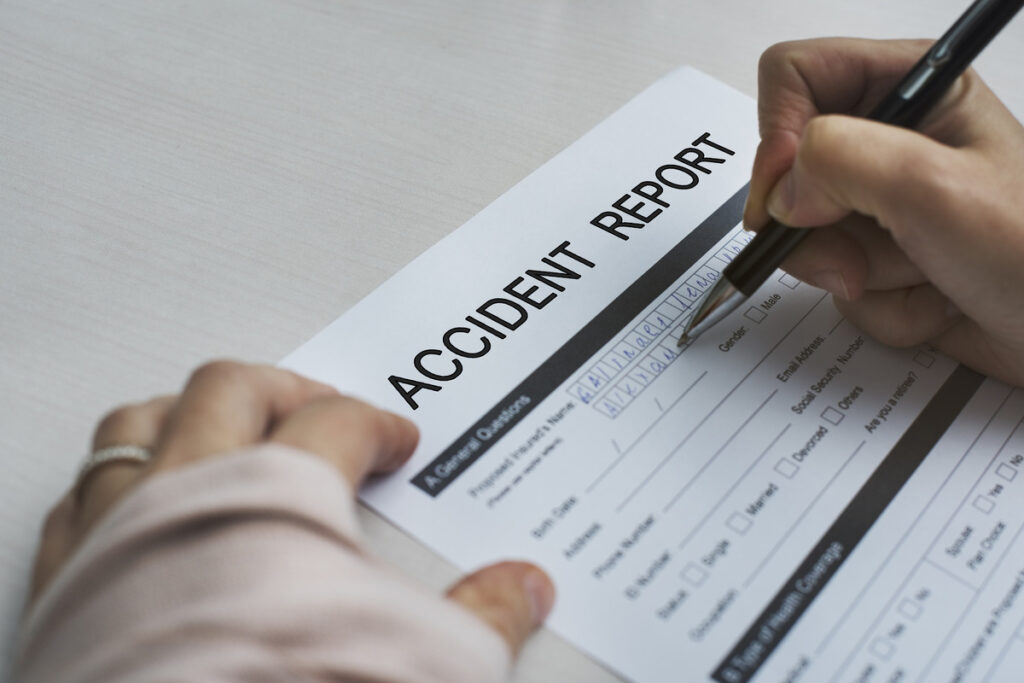
- Notify the property owner or manager: Whether the accident occurred at a business, apartment complex, or private property, notify the responsible party as soon as possible. Ask to speak with a manager or supervisor if you’re in a store or office building.
- File an incident report: Many businesses have formal procedures for documenting accidents, such as filing an incident report. Ensure that the report accurately reflects the details of the accident and the hazardous condition that caused your fall. Request a copy of the report for your records.
- Be careful with your statements: When reporting the accident, stick to the facts and avoid making statements that could imply fault, such as “I wasn’t paying attention” or “I’m fine.” Even casual remarks can be used against you later.
Why Reporting the Accident Is Important
Filing an official incident report creates a record of the accident that can be valuable when negotiating with the property owner’s insurance company or pursuing legal action. Without a formal report, the property owner may argue that the accident never occurred or that they were unaware of the hazardous condition.
4. Avoid Making Statements That Could Harm Your Claim
After a slip-and-fall accident, you must be cautious about what you say to the property owner, their insurance company, or anyone else involved. Even innocent remarks can be misinterpreted and used against you to minimize your claim.
Tips for Handling Post-Accident Conversations
- Do not admit fault: Avoid making statements suggesting you were responsible for the accident. Liability in slip and fall cases is often complex, and admitting fault could jeopardize your ability to recover compensation.
- Decline to give recorded statements: If the property owner’s insurance company contacts you for a recorded statement, it’s best to decline until you’ve spoken with an attorney. Insurance adjusters may use your words against you to reduce the value of your claim.
- Only sign documents with legal advice: Only sign documents related to the accident after consulting a personal injury lawyer first. Signing certain documents could inadvertently waive your rights to pursue further compensation.
5. Consult a Personal Injury Lawyer
If you’ve been injured in a slip-and-fall accident, consulting with an experienced personal injury lawyer is one of the most critical steps to protect your rights. A lawyer can help you navigate the legal process, gather evidence, and negotiate with insurance companies on your behalf.
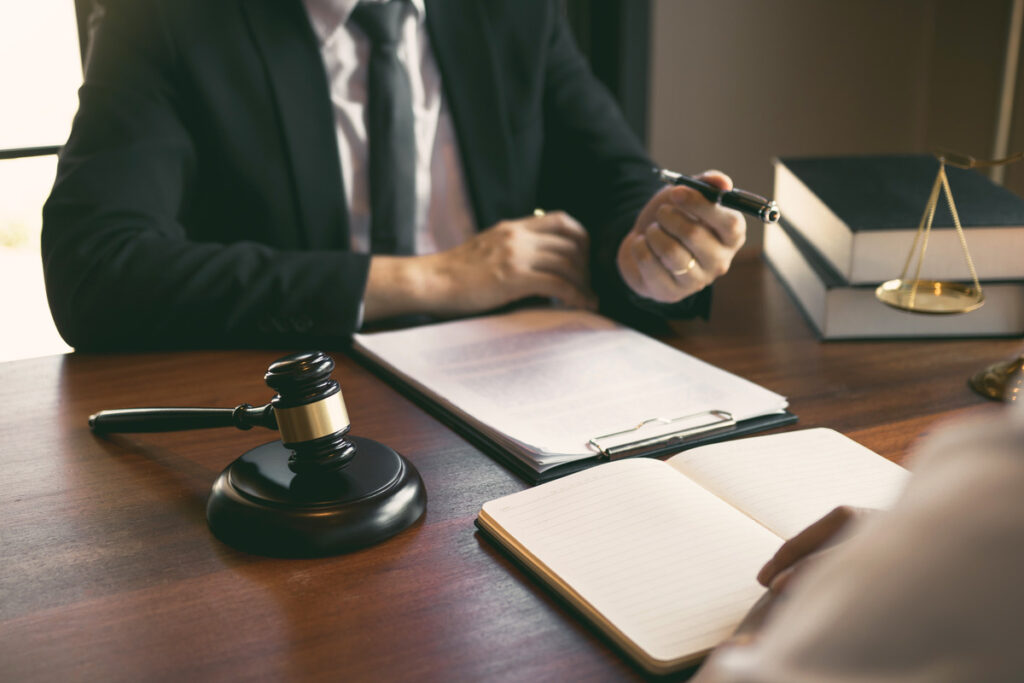
Why You Need a Personal Injury Lawyer for a Slip and Fall Case
- Free consultation: Most personal injury lawyers offer a free consultation to discuss the details of your case and determine whether you have a valid claim.
- Investigating your case: Your lawyer will conduct a thorough investigation of the accident, gathering additional evidence such as security camera footage, maintenance logs, and witness statements to build a strong case.
- Handling communications: Your lawyer will handle all communications with the property owner, their insurance company, and their legal representatives, ensuring that your rights are protected throughout the process.
- Negotiating with insurance companies: Insurance companies often try to minimize payouts by offering lowball settlements. Your lawyer will negotiate to ensure you receive fair compensation for your injuries, medical bills, lost wages, and pain and suffering.
- Filing a lawsuit: If the insurance company refuses to offer a fair settlement, your lawyer can file a personal injury lawsuit and represent you in court.
Frequently Asked Questions About Slip and Fall Accidents
If you’ve been involved in a slip-and-fall accident, you probably have many questions about what to do next. Below, we answer some of the most common questions about slip and fall cases to help you understand your options.
1. What Are the Most Common Causes of Slip and Fall Accidents?
Slip and fall accidents are often caused by hazardous conditions that could have been prevented with proper maintenance and care. Common causes include:
- Wet or slippery floors
- Uneven flooring or pavement
- Cluttered walkways
- Poor lighting
- Lack of handrails on stairs or ramps
- Weather-related hazards (such as ice or snow)
- Loose rugs or mats
2. What Kind of Injuries Can Result from a Slip and Fall Accident?
Slip and fall accidents can result in various injuries, from minor to severe. Some of the most common injuries include:
- Broken bones (wrists, ankles, hips, arms)
- Head injuries (concussions, traumatic brain injuries)
- Spinal cord injuries (herniated discs, spinal fractures)
- Soft tissue injuries (sprains, strains, torn ligaments)
- Cuts, bruises, and abrasions
3. Who Is Liable for a Slip and Fall Accident?
In most cases, the property owner, business owner, or landlord is liable for a slip and fall accident if their negligence contributed to the hazardous condition. However, proving liability requires demonstrating that the property owner failed to take reasonable steps to ensure the safety of the premises.
4. How Long Do I File a Claim After a Slip and Fall Accident?
The amount of time you have to file a personal injury lawsuit after a slip and fall accident is governed by the statute of limitations in your state. In most states, you must file a claim three years from the accident date. Failing to file within this timeframe could prevent you from recovering any compensation for your injuries.
5. What Types of Compensation Can I Receive After a Slip and Fall Accident?
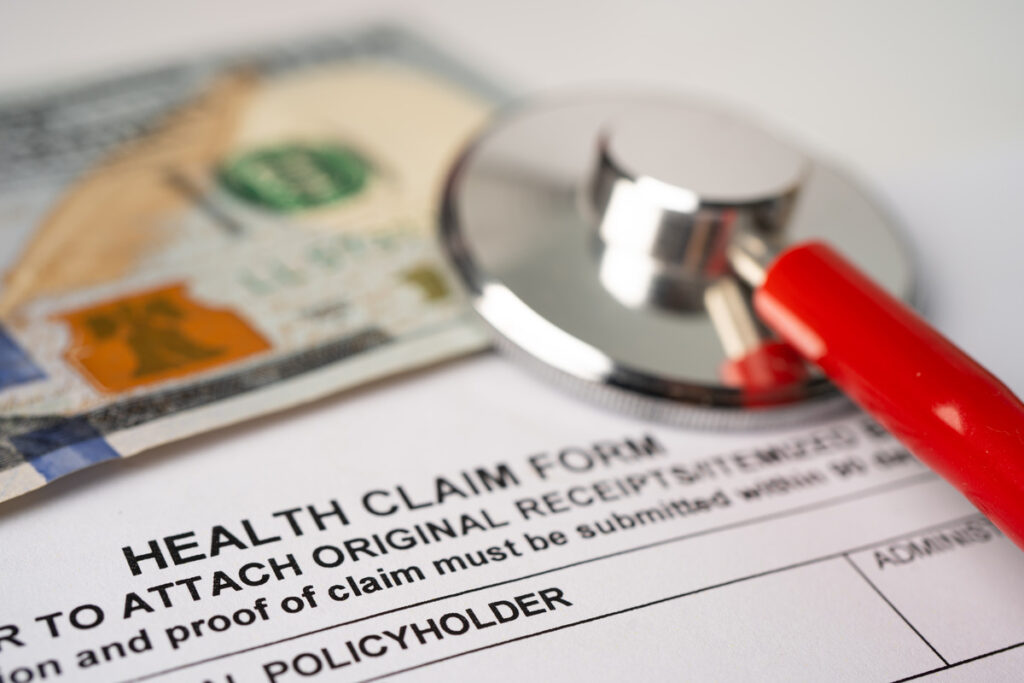
If you’ve been injured in a slip and fall accident, you may be entitled to compensation for:
- Medical expenses: This includes hospital bills, surgeries, medications, physical therapy, and future medical care related to your injuries.
- Lost wages: If your injury caused you to miss work, you can seek compensation for your lost income during your recovery.
- Pain and suffering: Compensation for pain and suffering covers the physical pain, emotional distress, and diminished quality of life caused by your injury.
- Permanent disability or disfigurement: If your injuries result in long-term or permanent impairments, you may receive additional compensation for the impact on your daily life.
6. Can I File a Claim If I Was Partially at Fault for the Accident?
The injured party may sometimes share some responsibility for the slip and fall accident. For example, you may have been distracted or ignored warning signs. However, even if you were partially at fault, you may still be able to recover compensation under a legal principle known as comparative negligence.
Call to Action:

If you or a loved one has been injured in a slip-and-fall accident, don’t wait to seek legal assistance. The Law Office of Bobbie Young is experienced in helping slip-and-fall victims secure the compensation they deserve.
Contact us today, and let our experienced personal injury attorneys guide you through every step of the legal process.
Your Legal Solution Starts Here
Clear, practical legal advice you can count on when it matters most